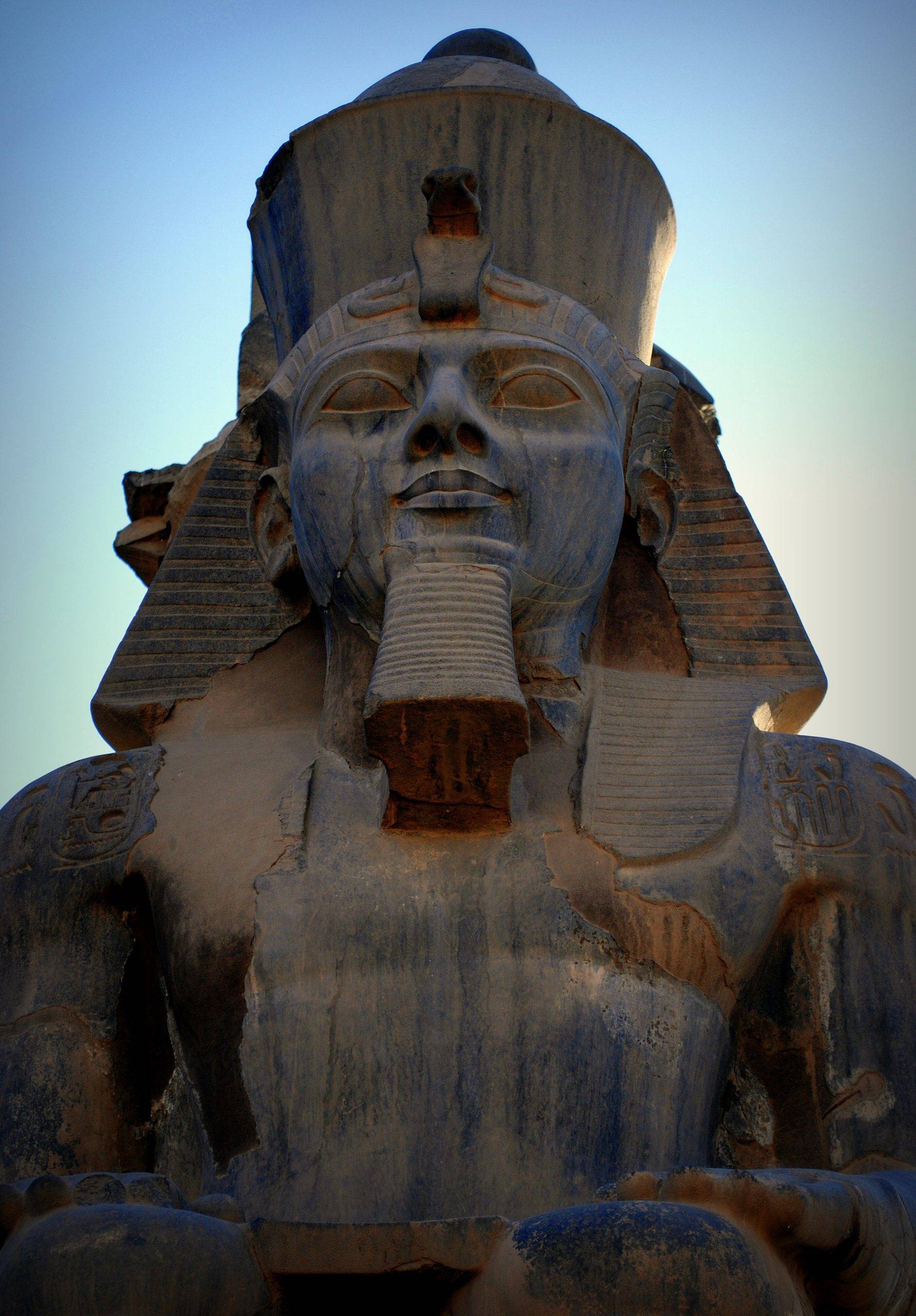The Ancient Egyptian Pharaohs, known for their divine status and immense power, ruled over one of the most fascinating civilizations in history. From the establishment of the first dynastic rule around 3100 BC to the end of the Ptolemaic Dynasty in 30 BC, these rulers left an indelible mark on history. The Pharaohs, both male and female, constructed monumental structures, led military expeditions, and shaped the culture and religion of their time. Their reigns varied in length, with some ruling for decades while others for just a few years. Among them, some gained fame for their achievements, while others were known for their intriguing life stories. This article delves into the captivating world of Ancient Egyptian Pharaohs, shedding light on their reigns, their achievements, and their enduring legacy.
Get your dose of History via Email
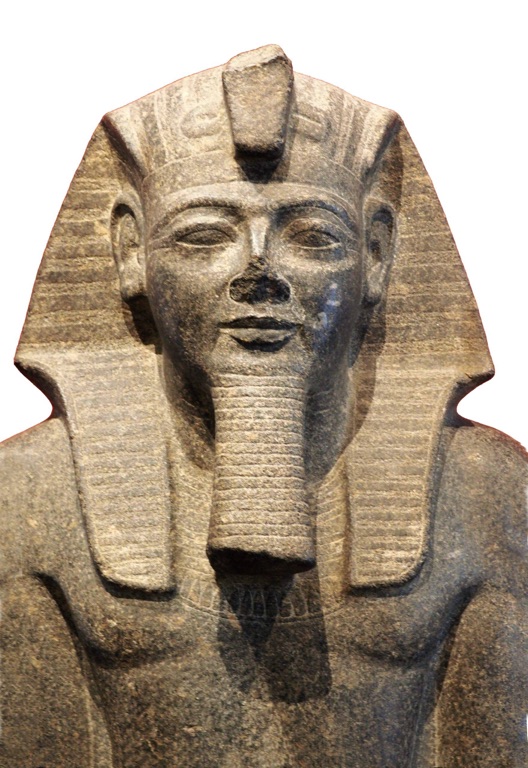
How many Ancient Egyptian Pharaohs were there?
The exact number of Pharaohs who ruled Ancient Egypt is a subject of debate among historians. However, it’s generally accepted that there were about 170 Pharaohs over a span of 30 dynasties, from the establishment of the First Dynasty around 3100 BC to the end of the Ptolemaic Dynasty in 30 BC.
The first Pharaoh of Egypt was Narmer, who unified Upper and Lower Egypt into a single kingdom. His reign marked the beginning of the First Dynasty and the start of the Early Dynastic Period of Egypt.
The Pharaohs of the Old Kingdom, also known as the Age of the Pyramids, built some of Egypt’s most famous monuments, including the Pyramids of Giza. The Middle Kingdom saw a resurgence of power, while the New Kingdom marked the peak of Egypt’s power and prosperity.
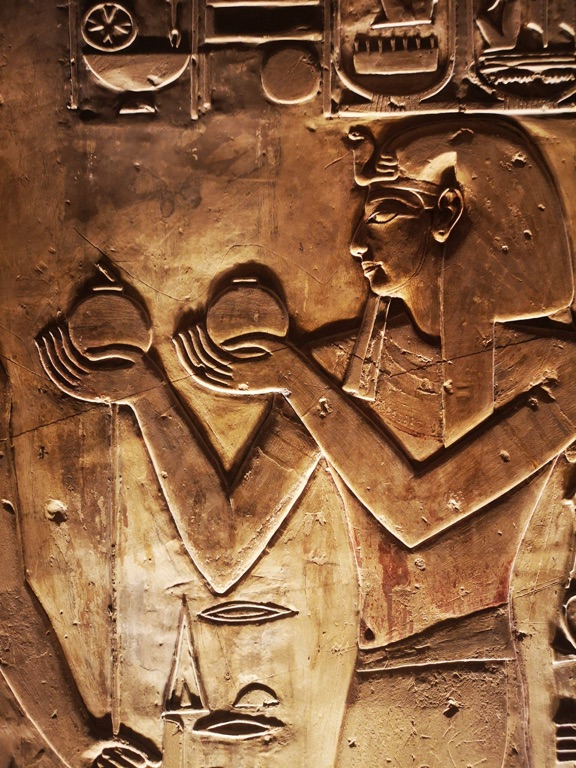
The Third Intermediate Period was a time of political instability and fragmentation, with several rival dynasties claiming the throne. The Late Period saw the invasion of foreign powers, leading to the end of native Egyptian rule.
The last dynasty of Egypt was the Ptolemaic Dynasty, established by Ptolemy I, a general of Alexander the Great. The last Pharaoh of this dynasty, and of Egypt, was Cleopatra VII, whose death marked the end of Ancient Egypt and the beginning of Roman rule.
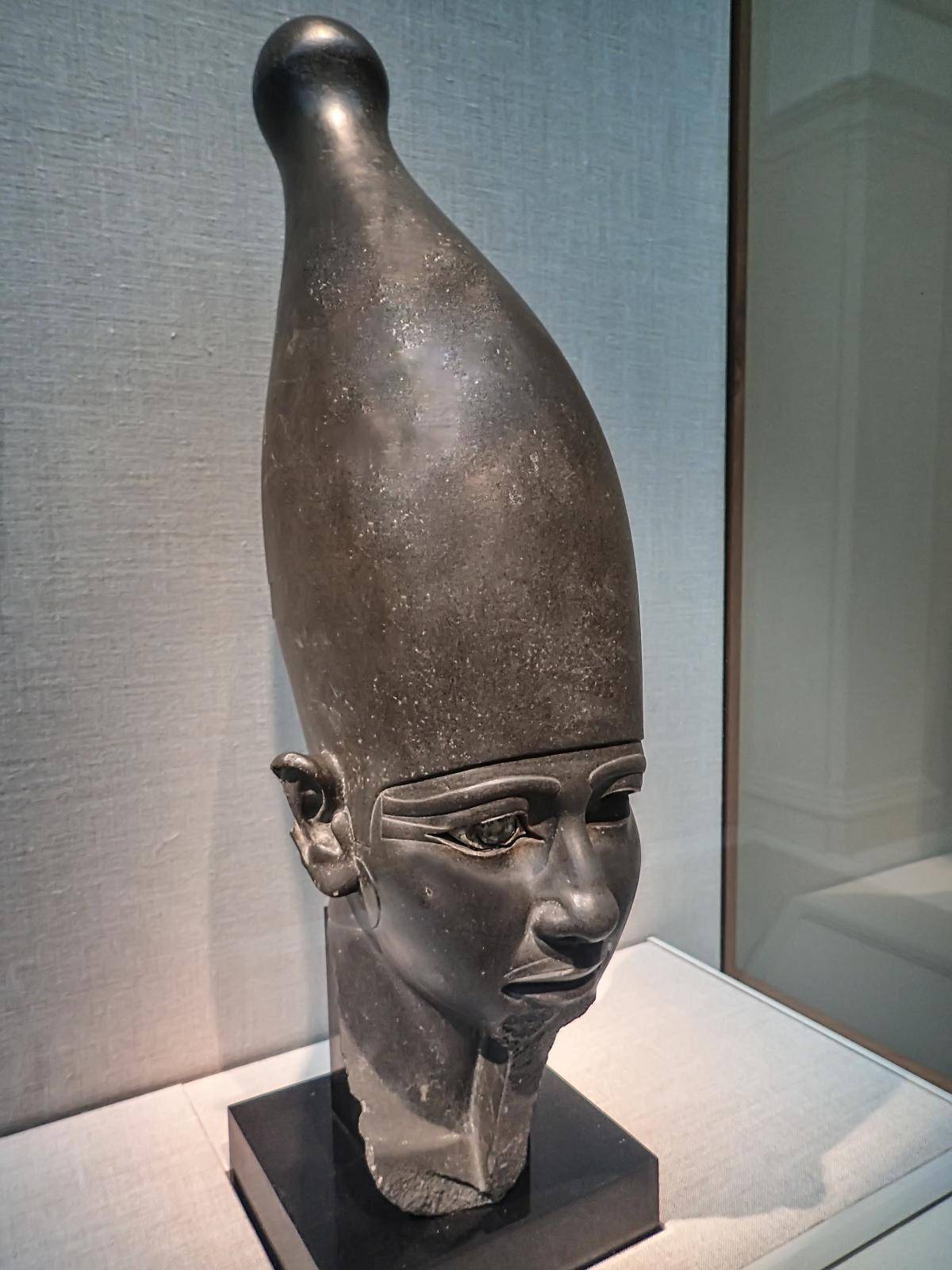
Were there any female pharaohs?
While the majority of Ancient Egyptian Pharaohs were male, there were a few notable exceptions. These female Pharaohs, who ruled in their own right, left a significant impact on Egyptian history.
The first known female Pharaoh was Sobekneferu, who ruled during the Twelfth Dynasty. She is known for her building projects and for being the first woman to take on all the symbols of pharaonic power.
Perhaps the most famous female Pharaoh was Hatshepsut, who ruled during the Eighteenth Dynasty. She is known for her peaceful reign and extensive building projects, including the mortuary temple at Deir el-Bahri. Despite attempts to erase her from history, her legacy has survived, and she is now recognized as one of Egypt’s most successful Pharaohs.

Another notable female Pharaoh was Cleopatra VII, the last Pharaoh of Egypt. She is known for her intelligence, her political acumen, and her romantic relationships with Julius Caesar and Mark Antony. Her death marked the end of the Ptolemaic Dynasty and the beginning of Roman rule.
These female Pharaohs, despite facing challenges and prejudice, demonstrated their ability to rule and left a lasting legacy. Their reigns provide valuable insights into the role of women in Ancient Egyptian society.
It’s important to note that while these women are often referred to as “female Pharaohs,” in Ancient Egypt, they would have simply been known as Pharaohs, regardless of their gender.
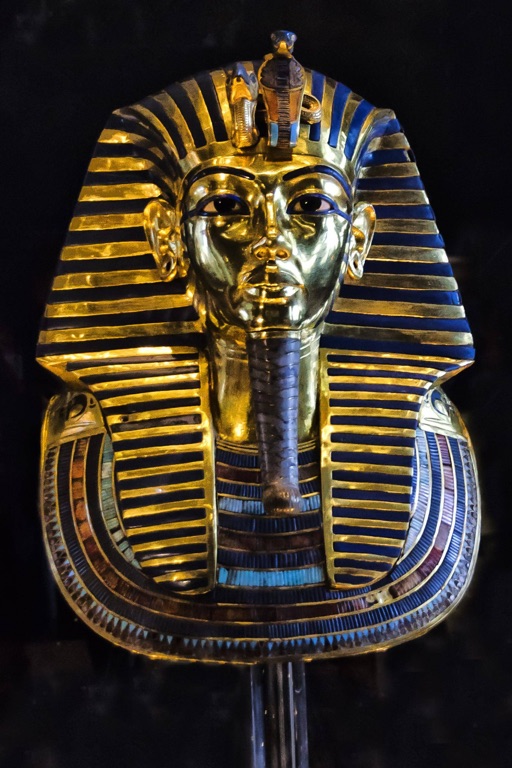
How long did the Pharaohs rule Egypt for?
The Pharaohs ruled Egypt for about three millennia, from the establishment of the First Dynasty around 3100 BC to the end of the Ptolemaic Dynasty in 30 BC. However, the length of individual reigns varied greatly.
Some Pharaohs, like Pepi II of the Sixth Dynasty, are believed to have had exceptionally long reigns. Pepi II, who became Pharaoh as a young child, is often credited with the longest reign in history, although the exact length is a subject of debate among historians.
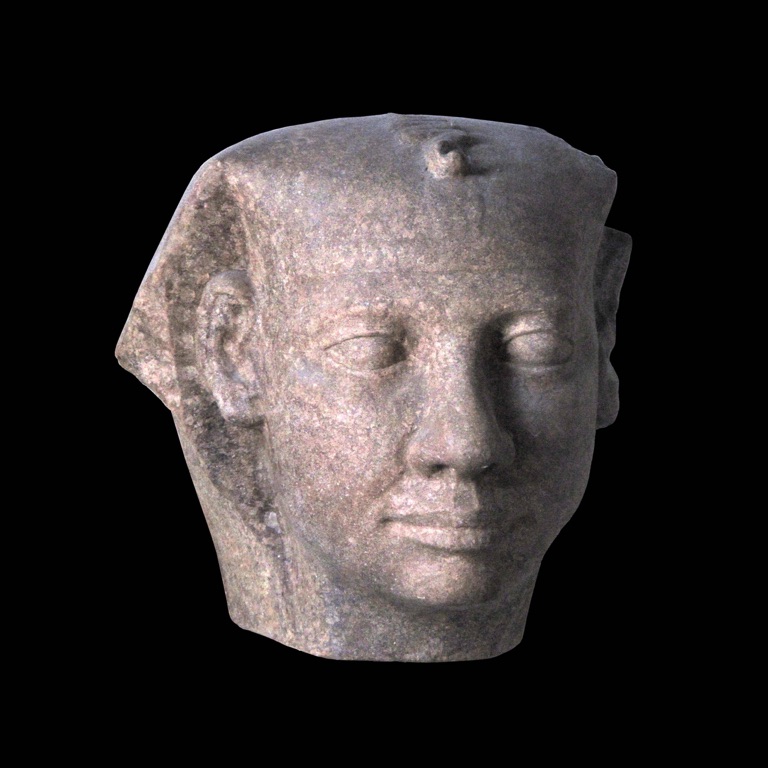
On the other hand, some Pharaohs had very short reigns. Tutankhamun, one of the most famous Pharaohs, became king at the age of nine and ruled for only about ten years. Despite his short reign, he is known for his intact tomb, discovered by Howard Carter in 1922, which provided valuable insights into Egyptian burial practices and beliefs.
The reign of a Pharaoh was not just a measure of time, but also a reflection of their power and influence. Long reigns were often associated with stability and prosperity, while short reigns were usually a sign of political instability or conflict.
In conclusion, the reign of the Pharaohs, spanning over three millennia, was a period of remarkable achievements, profound changes, and enduring legacy.
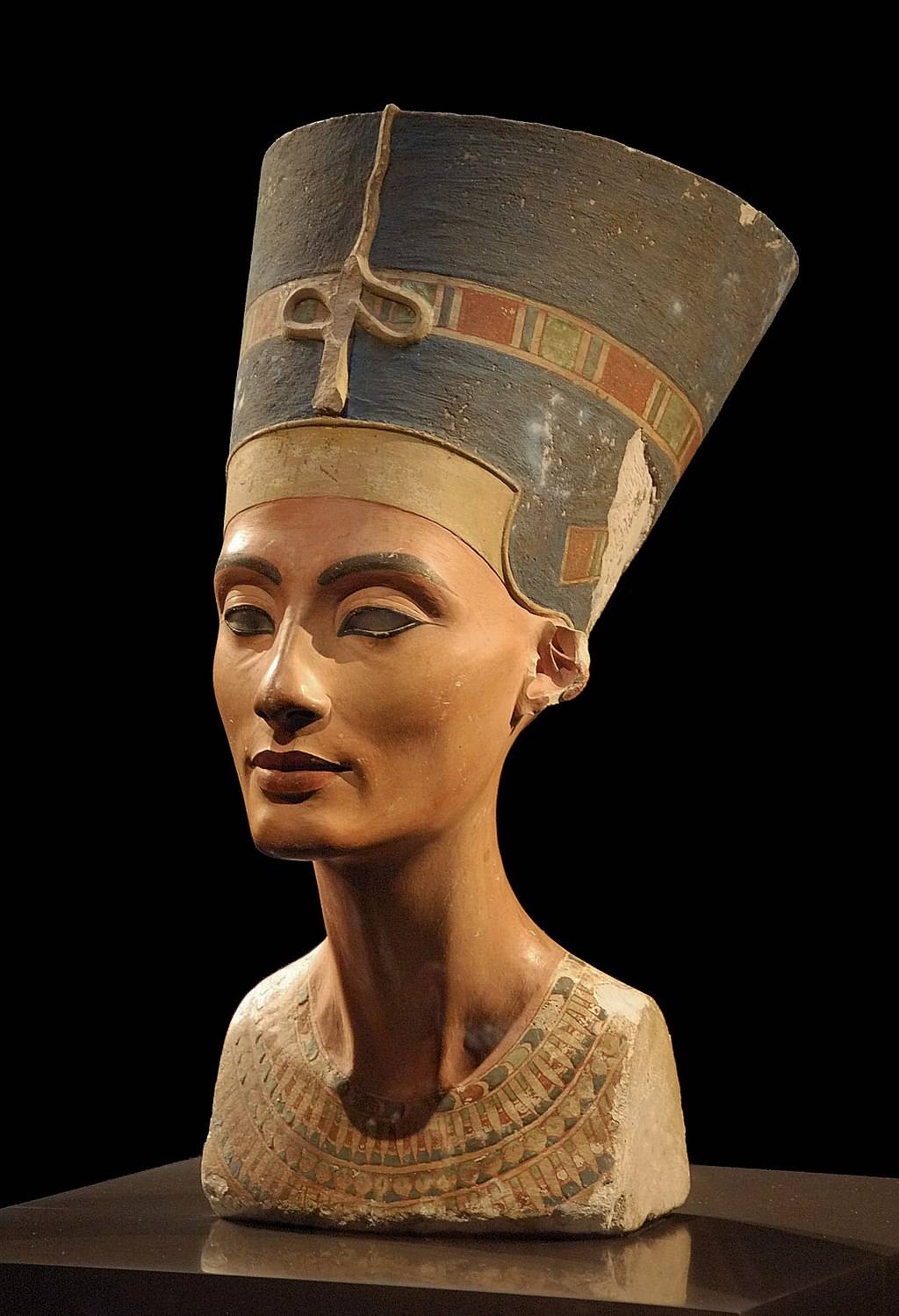
Who are the most famous Pharaohs?
Among the many Pharaohs of Ancient Egypt, a few stand out for their achievements, their unique stories, or their enduring fame.
Khufu, also known as Cheops, was the builder of the Great Pyramid of Giza, one of the Seven Wonders of the Ancient World. His pyramid, the largest in Egypt, is a testament to his power and the architectural skills of the Ancient Egyptians.
Hatshepsut, one of the few female Pharaohs, is known for her peaceful reign and her ambitious building projects. Despite attempts to erase her from history, her legacy has survived, and she is now recognized as one of Egypt’s most successful Pharaohs.
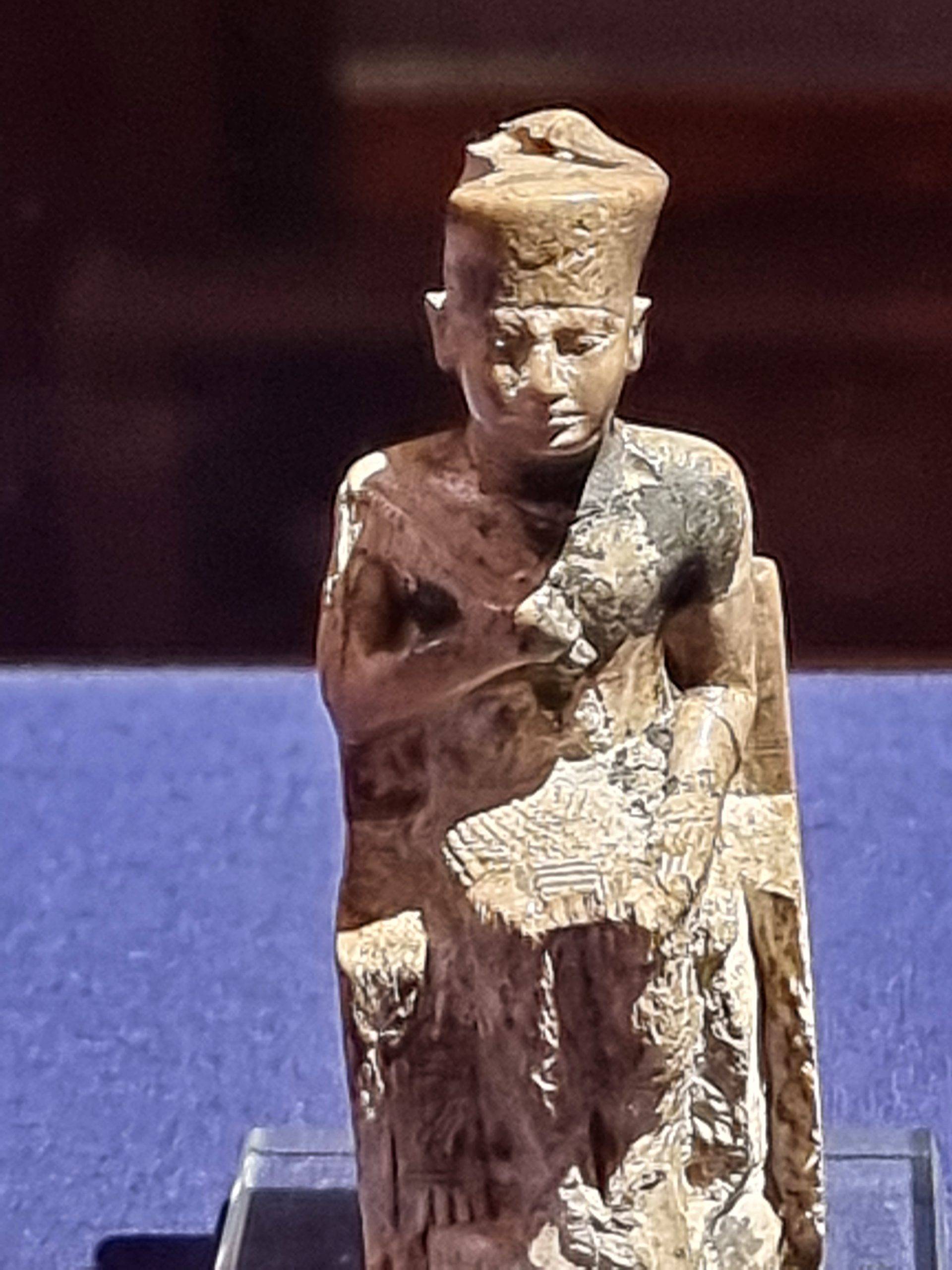
Akhenaten, known for his religious reforms, is one of the most controversial Pharaohs. He replaced the traditional Egyptian pantheon with a single god, the Aten, a move that was reversed after his death.
Tutankhamun, the boy king, is famous not for his reign, but for his tomb. Discovered intact by Howard Carter in 1922, his tomb, with its wealth of artifacts, has provided valuable insights into Egyptian burial practices and beliefs.
Ramses II, also known as Ramses the Great, is known for his long reign and his military campaigns. His monuments, including the temples at Abu Simbel, are among the most impressive in Egypt.
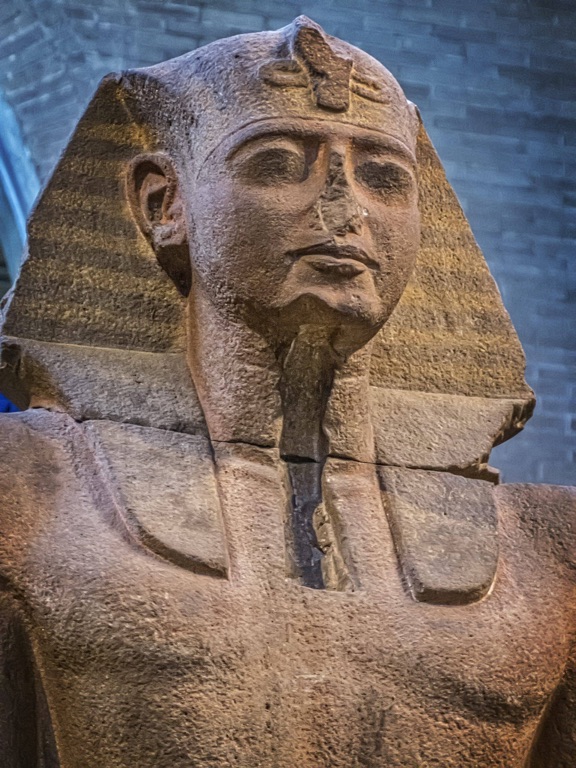
Was Alexander the Great a Pharaoh?
Alexander the Great, the Macedonian king known for his vast empire, was indeed a Pharaoh of Egypt. After defeating the Persian Empire, he was crowned Pharaoh in 332 BC, marking the beginning of the Hellenistic period of Egypt.
Despite being a foreign ruler, Alexander respected Egyptian customs and religion. He made sacrifices to the Egyptian gods, consulted the oracle of Amun, and established the city of Alexandria, which became a major center of learning and culture.
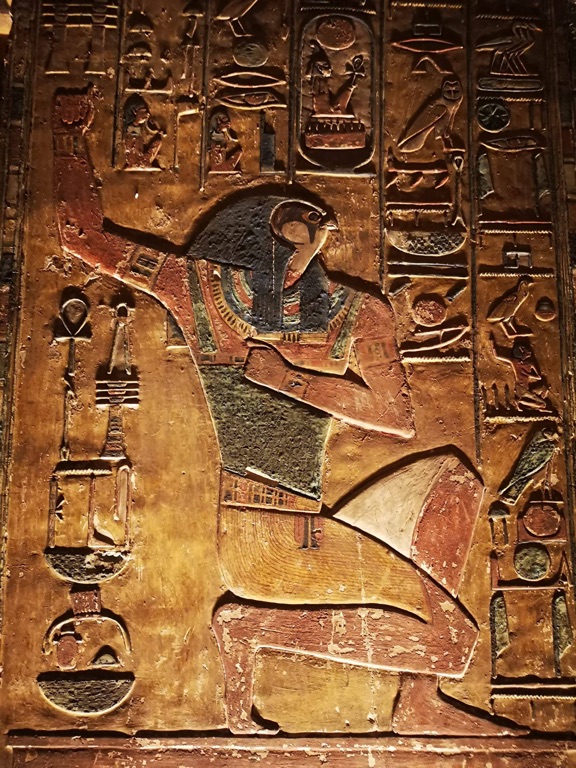
After Alexander’s death in 323 BC, his general Ptolemy I took control of Egypt and established the Ptolemaic Dynasty. This dynasty, the last of Egypt, continued to rule until the death of Cleopatra VII in 30 BC.
Although Alexander’s reign in Egypt was short, it had a significant impact. His respect for Egyptian customs, his establishment of Alexandria, and his initiation of the Ptolemaic Dynasty left a lasting legacy.
In conclusion, Alexander the Great, despite being a foreign ruler, was a Pharaoh of Egypt, and his reign marked a significant period in Egyptian history.
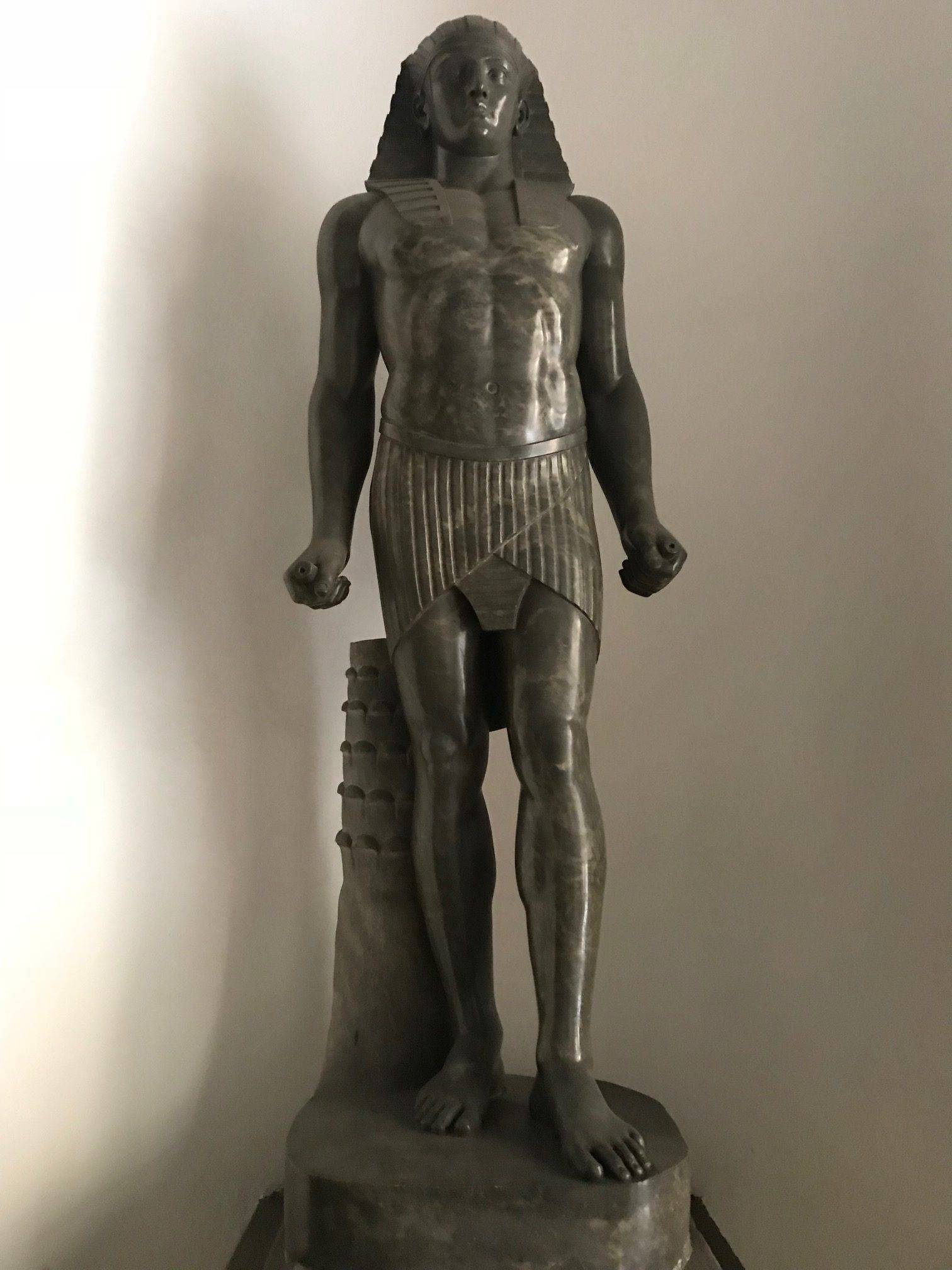
Conclusion and Sources
The Pharaohs of Ancient Egypt, with their divine status, monumental structures, and enduring legacy, continue to captivate us today. From the first Pharaoh Narmer to the last Pharaoh Cleopatra VII, these rulers shaped the course of history. Their reigns, their achievements, and their intriguing life stories offer fascinating insights into the world of Ancient Egypt.
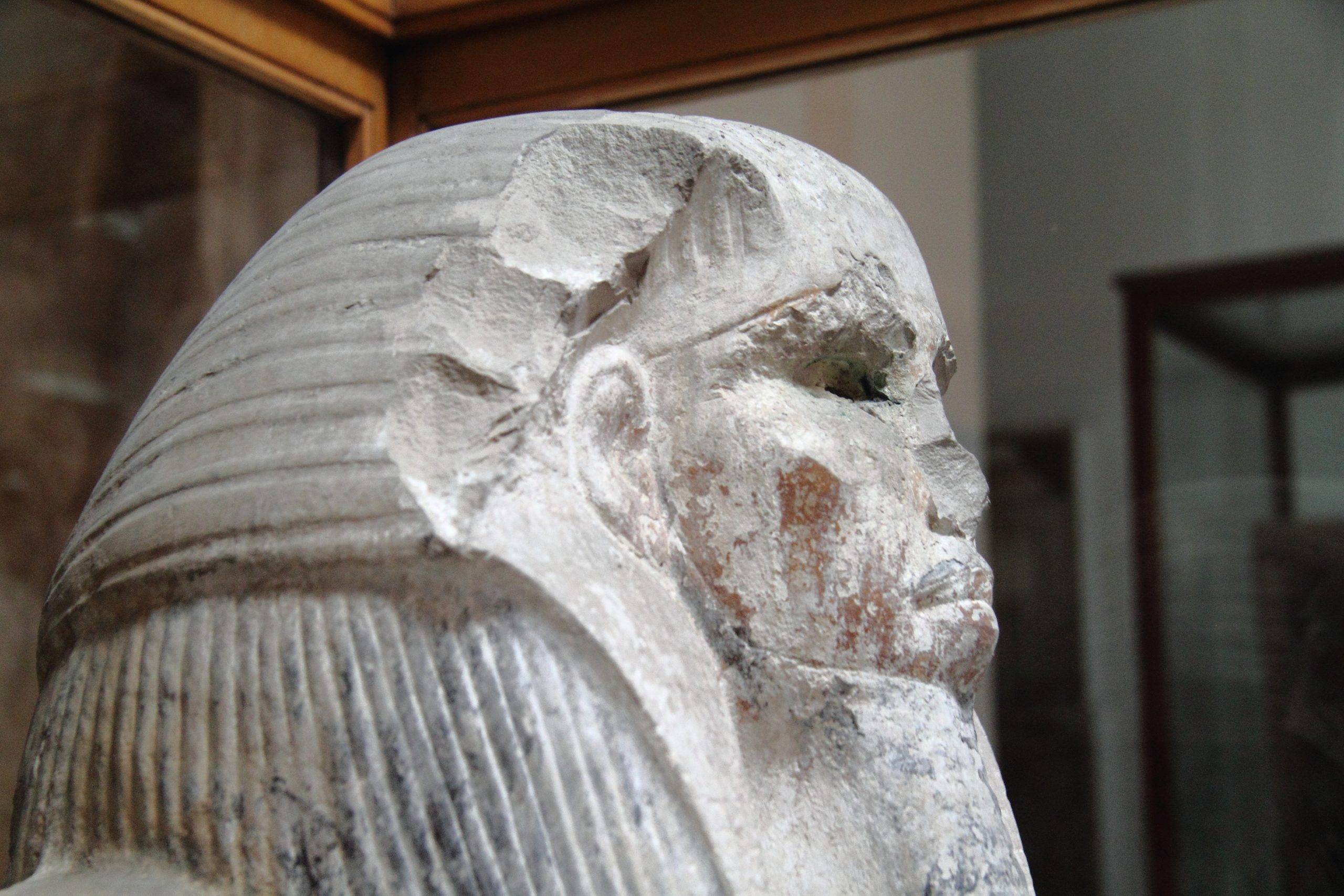
For further reading and verification of the information provided, please refer to the following sources:

